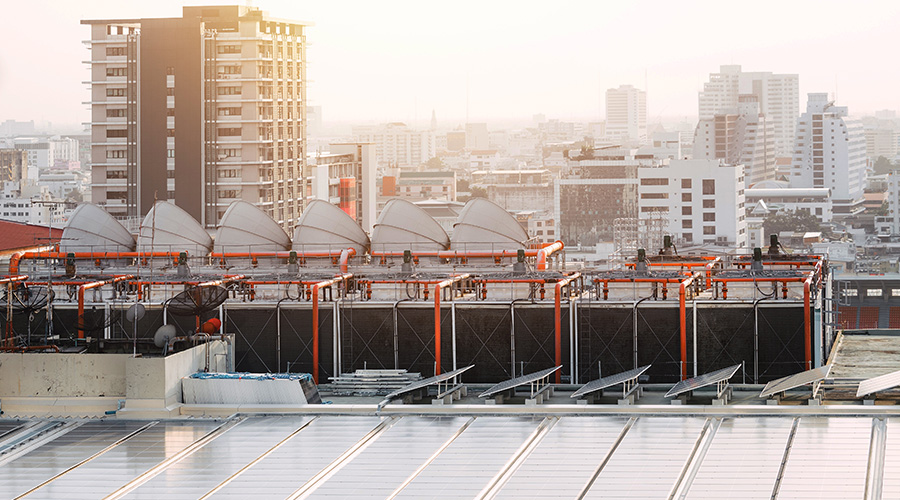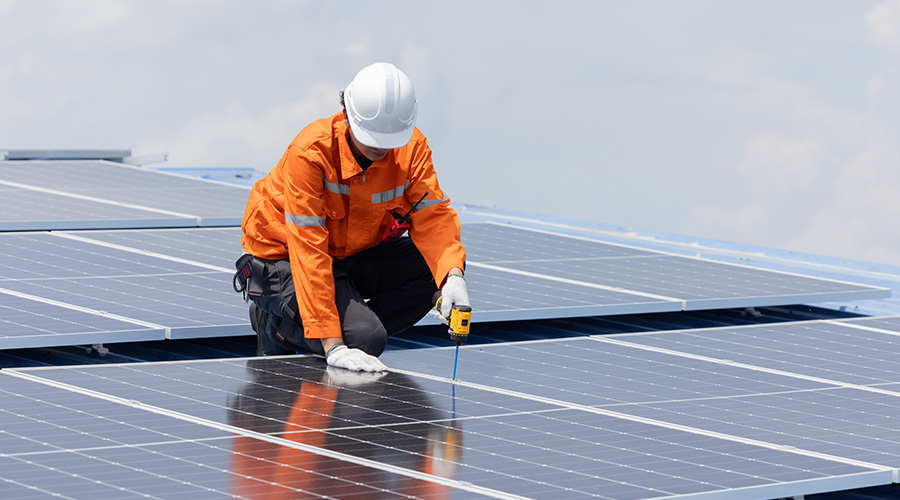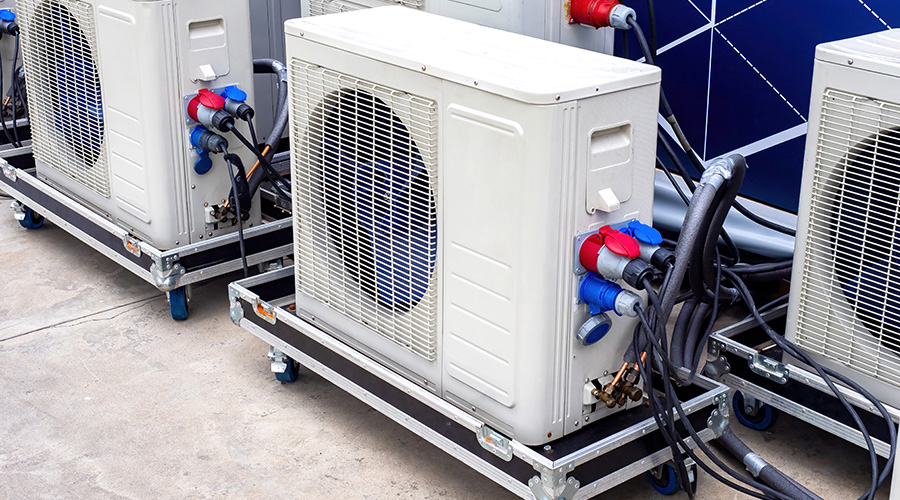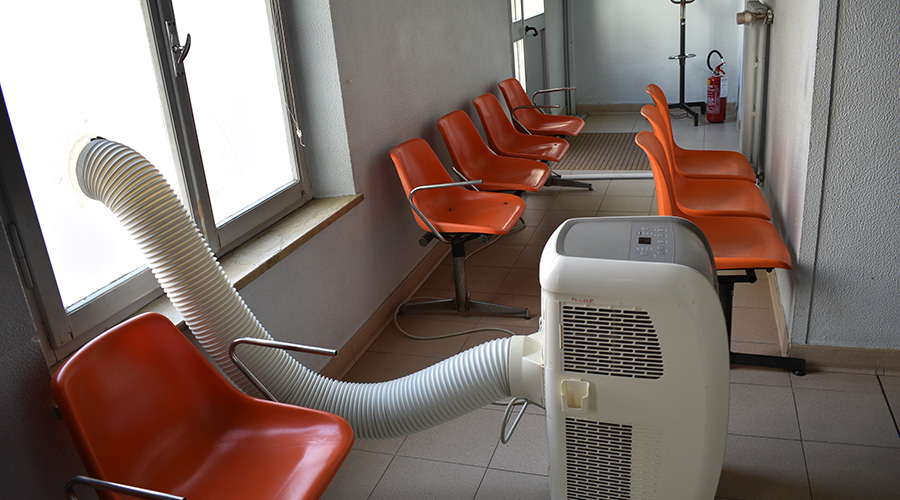Tips on Replacing or Upgrading HVAC Components
If you’re looking to replace or upgrade HVAC components, what do you need to know to be able to specify the correct capacities needed? What technologies can help ensure that you meet these capacities in an energy-efficient manner?
Hire a good consulting engineer. Make sure it’s an engineer who takes advantage of computer simulation, which is a benefit and not always required, but can be beneficial with a larger system.
Typically, avoid contractors who are offering to replace in kind (replace with a new version of the last version, not necessarily a better or more capable option).
Spend a little time and money in doing calculations and selections because it will pay off in the long run.
If you’re doing much smaller projects that lack the budget for a consulting engineer, such as light commercial projects, HVAC manufacturers can offer some basic computer selections for your application. But remember, most manufacturers aren’t going to be like Progressive Auto Insurance, where they tell you their price and the price of their competitors. If you go that latter route, you will be locked into the technologies made by the manufacturer doing the analysis.
Answers provided by Dave Callan, P.E., vice president with McGuire Engineers in Chicago.
Related Topics:














